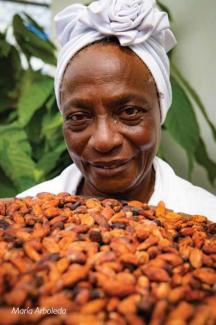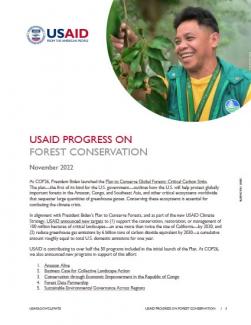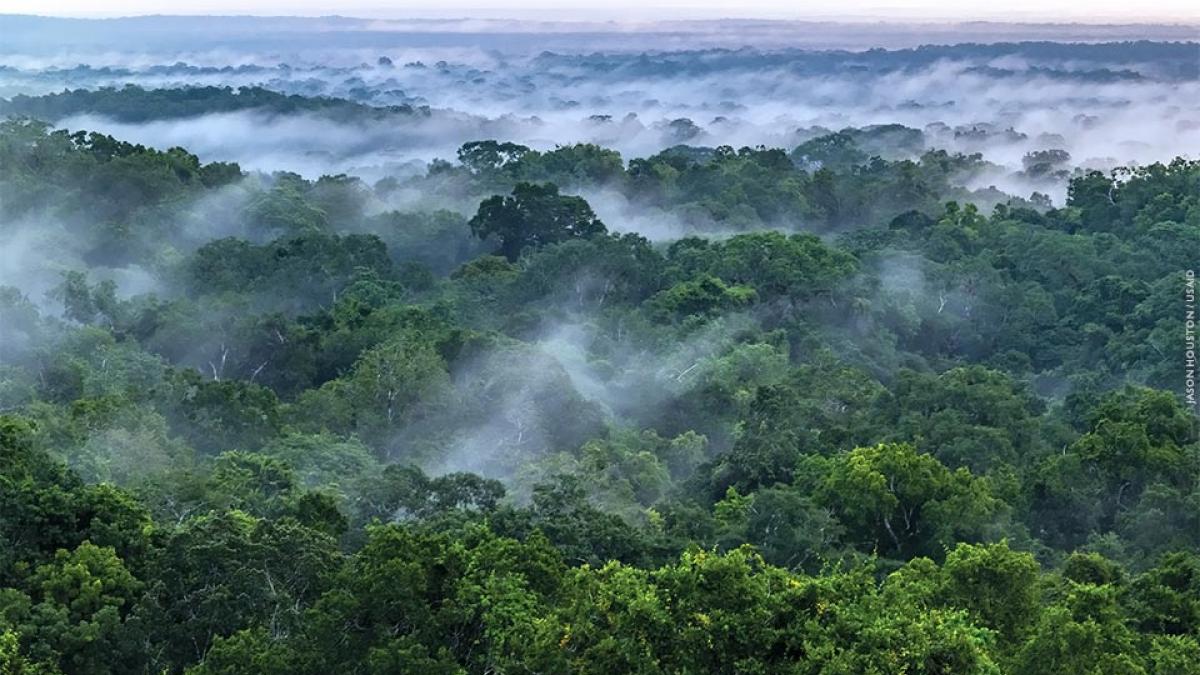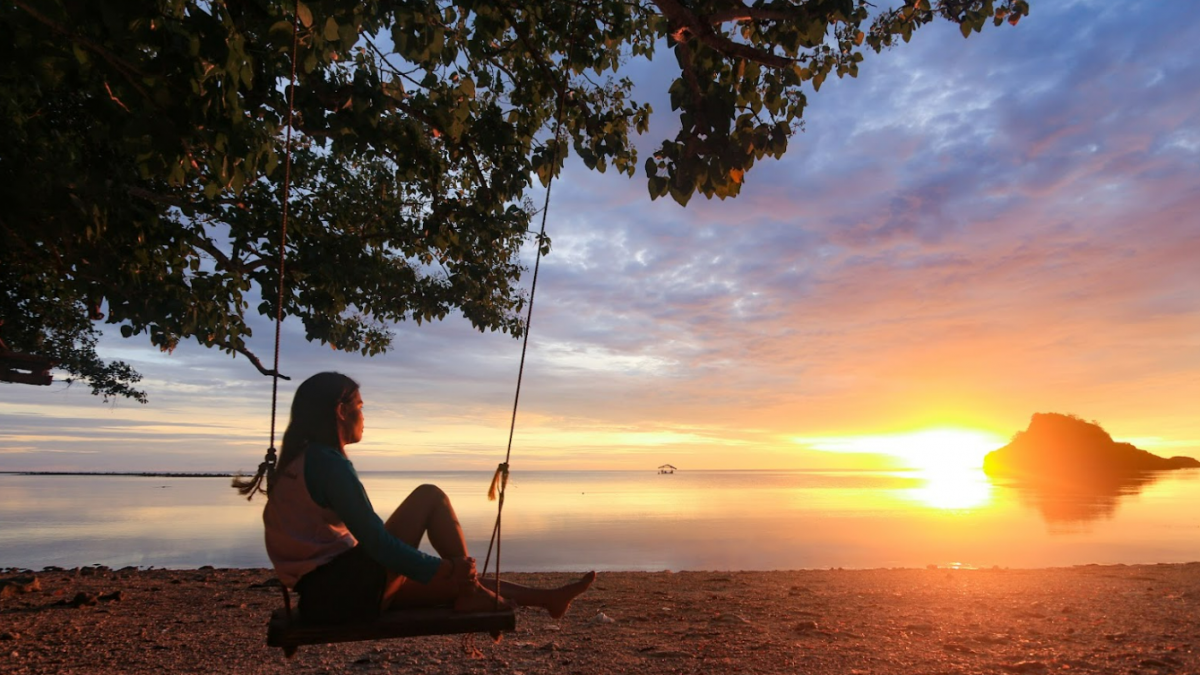USAID is delivering on forest conservation with a more than $250 million annual portfolio (including sustainable landscapes and biodiversity funds) across more than 50 countries.
At COP26, President Biden launched the Plan to Conserve Global Forests: Critical Carbon Sinks. The plan—the first of its kind for the U.S. government—outlines how the U.S. will help protect globally important forests in the Amazon, Congo, and Southeast Asia, and other critical ecosystems worldwide that sequester large quantities of greenhouse gasses. Conserving these ecosystems is essential for combating the climate crisis.
In alignment with President Biden’s Plan to Conserve Forests, and as part of the new USAID Climate Strategy, USAID announced new targets to (1) support the conservation, restoration, or management of 100 million hectares of critical landscapes—an area more than twice the size of California—by 2030, and (2) reduce greenhouse gas emissions by 6 billion tons of carbon dioxide equivalent by 2030—a cumulative amount roughly equal to total U.S. domestic emissions for one year.
USAID is contributing to over half the 50 programs included in the initial launch of the Plan. At COP26, we also announced new programs in support of this effort:
- Amazon Alive
- Business Case for Collective Landscape Action
- Conservation through Economic Empowerment in the Republic of Congo
- Forest Data Partnership
- Sustainable Environmental Governance Across Regions
USAID’s Role and Achievements to Date
USAID is delivering on forest conservation with a more than $250 million annual portfolio (including sustainable landscapes and biodiversity funds) across more than 50 countries. We support countries to:
- Conserve key ecosystems like forests, peatlands, and mangroves. This includes tackling the drivers of deforestation, securing land rights for Indigenous Peoples and local communities, and creating economic incentives for protecting carbon-dense forests.
- Manage working lands. Land uses such as agroforestry, livestock, rice, and sustainable timber production have high potential to reduce greenhouse gas emissions, store carbon, or reduce pressure on intact forests. We also work to reduce food loss and waste.
- Restore native ecosystems. This includes working with governments, private sector, civil society, and key groups like women, youth, Indigenous Peoples, and local communities to rehabilitate tropical forests, mangroves, and peatlands.
Since COP26, we’ve launched new programs that support the Plan to Conserve Forests, including:
- Launched the fourth phase of the Central Africa Regional Program for the Environment (CARPE), USAID’s main effort to protect the world’s second largest tropical rainforest.
- Amazonia Connect, a new activity that promotes deforestation-free and low-carbon agriculture approaches to commodity production in Brazil, Colombia, and Peru.
- A new effort to combat climate change by conserving forests in Papua New Guinea—part of the world’s third largest rainforest.
- Advancing Cocoa Agroforestry Towards Income, Value, and Environmental Sustainability (ACTIVE), a new public-private partnership with the confectionery company Mars. Mars and USAID will partner to reduce deforestation through improved agroforestry and farming practices with 9,000 farmers in South Sulawesi, Indonesia.
- Protibesh, an initiative to protect wildlife, forests, livelihoods, and help farmers adopt climate-smart agriculture approaches in Bangladesh.
- The Amazon Business Alliance, an investment platform co-funded by the U.S. and Canada that will mobilize $50 million in private sector resources for sustainable businesses in the Amazon region of Peru. This work will improve forest management in the Amazon region, help degraded forests recover, and foster entrepreneurship for improved livelihoods.
- Resilient Ecosystems and Sustainable Transformation of Rural Economies (RESTORE), a partnership with Rainforest Alliance, Olam, and chocolate manufacturers including Hershey, Blommer, and Mondelez to restore landscapes with 10,000 farmers in Ghana and Côte d’Ivoire.
- Morodok Baitang (Green Heritage), a project in Cambodia to expand carbon credit sales in Keo Seima and the Cardamom Mountains while increasing revenues and employment opportunities for forest-dependent communities.
Spotlight – Implementation in Action
Cacao, Protector of the Forest
Colombia is home to forests that are critical for the air we breathe and for their ability to absorb planet-warming carbon dioxide. USAID has been working to conserve Colombia’s forests and support the people who depend on them for decades—and this work is at the heart of the Plan to Conserve Forests. We are working with people like María Arboleda, whose family has been in the cacao business since she was a child. Cacao is a crucial source of nutrition and income for many in her community, but its cultivation can also be a source of deforestation—and resulting carbon dioxide emissions that contribute to climate change.
Today, María is part of a cooperative that grows cacao among forest cover rather than clearing trees to farm. USAID helped verify that her cooperative is conserving forest, and therefore eligible to get paid for the carbon credits they generate that are sold on the international and domestic carbon markets.
We also connected the cooperative with a gourmet French-Colombian chocolate company that pays almost double market prices to ensure their cacao is sustainably produced. In May 2022, María traveled to Lyon to learn about chocolate-making with the company and bring in additional investors. USAID has helped bring $26.5 million to Afro-Colombian and Indigenous communities through Colombia’s carbon market since 2020 for the reduction of 6.2 million tons of carbon emissions—about equal to the emissions from taking a million cars off the road for a year.

Moving Forward
USAID is continuing to work with our partners to facilitate both targeted direct action and systems change to reduce greenhouse gas emissions from deforestation and other land use. We are collecting data on our own progress supporting our partners to conserve global forests, and will report on this regularly under our 2022–2030 Climate Strategy. Between 2016 and 2021, USAID reduced 500 million tons of carbon dioxide emissions through conservation, reforestation, and land management projects—the equivalent of removing 100 million cars from the road for one year.



